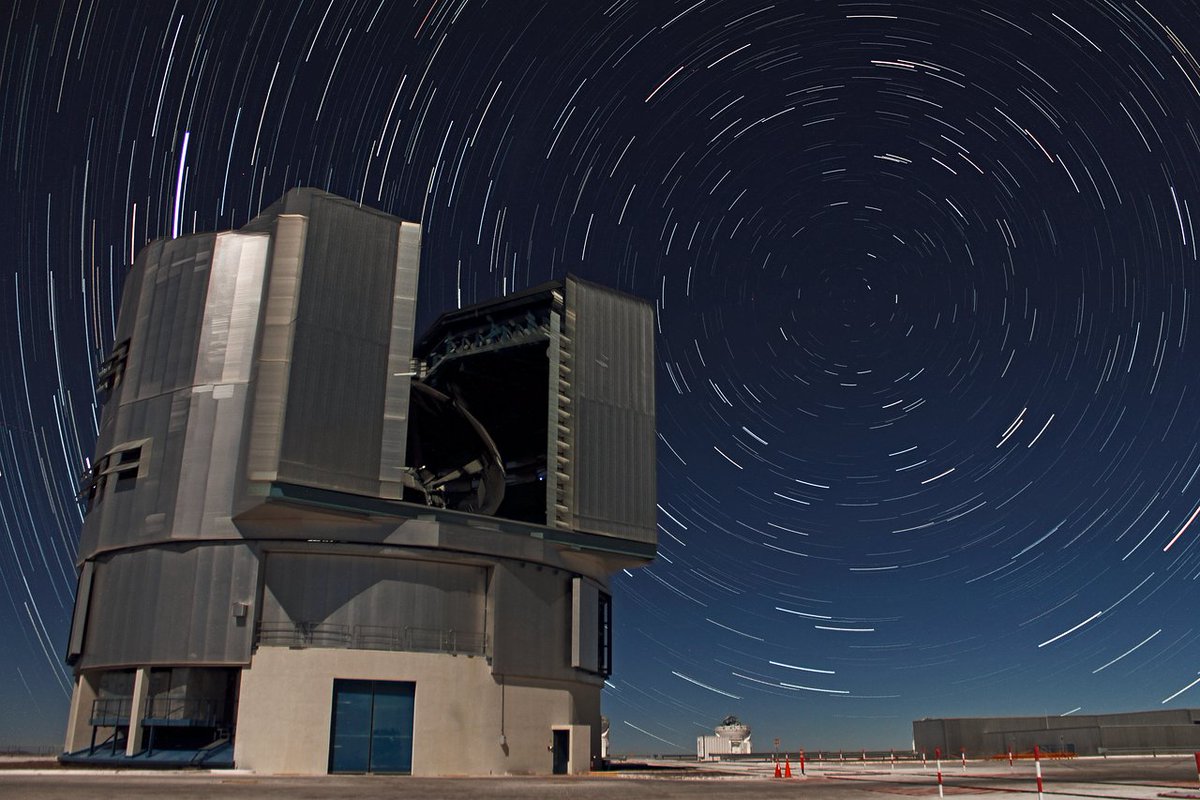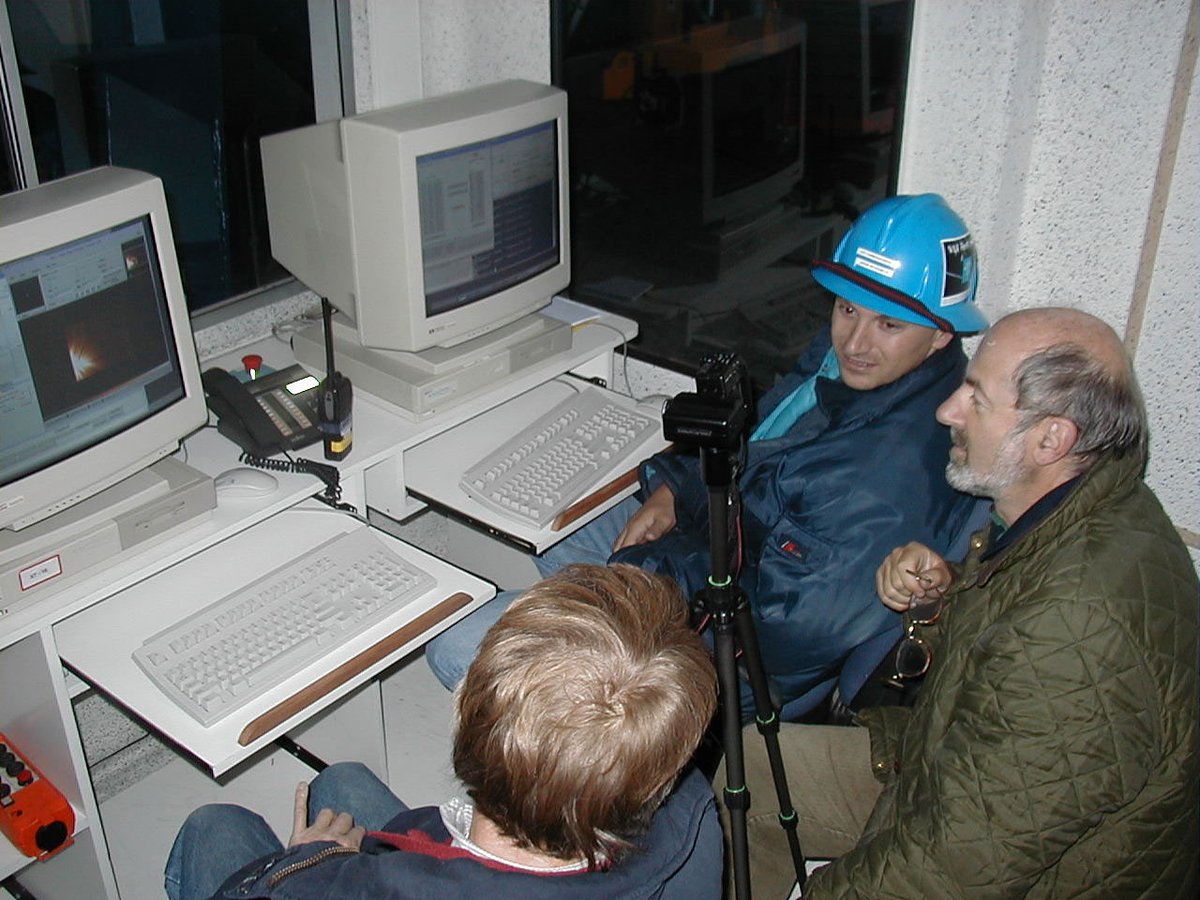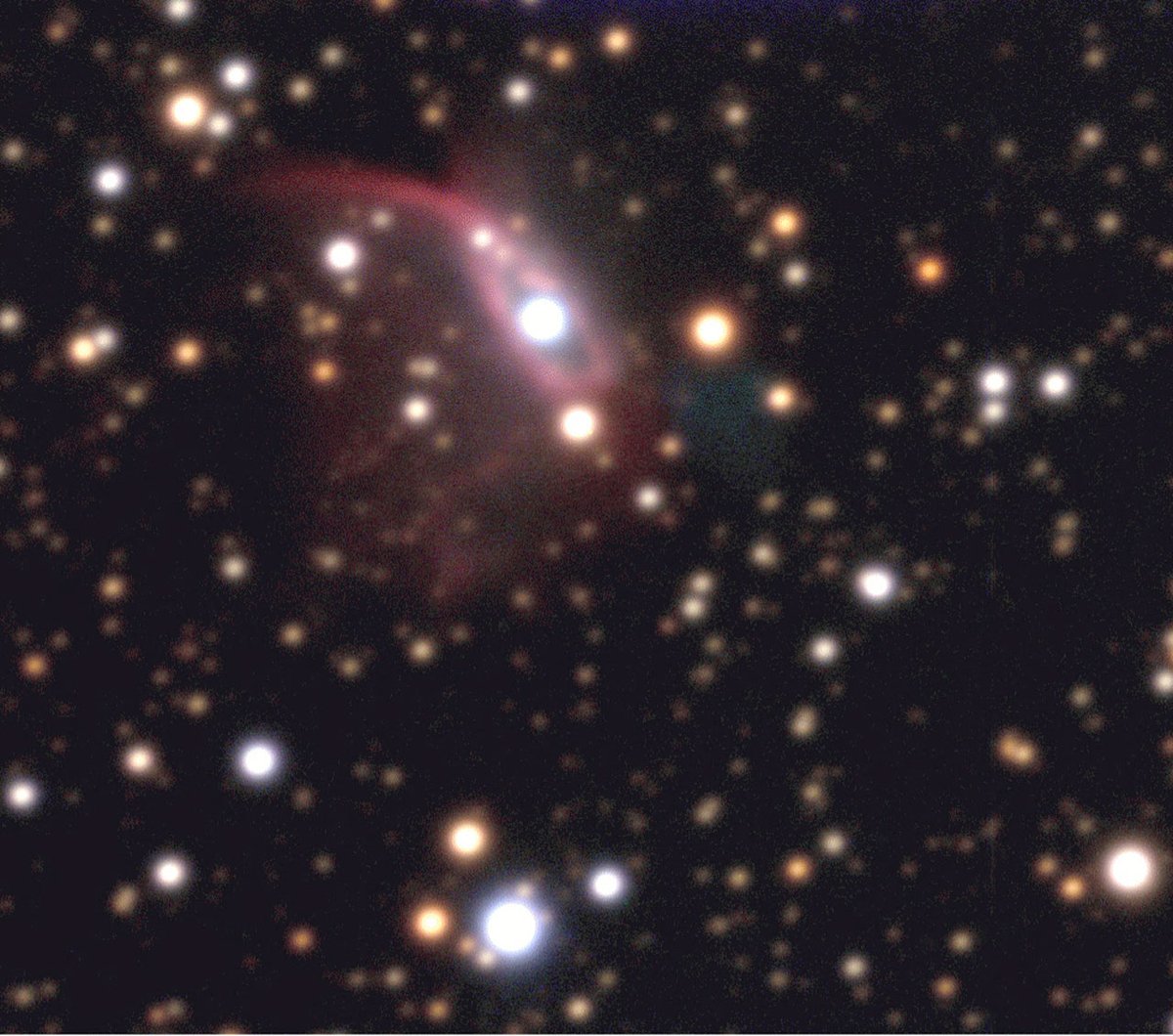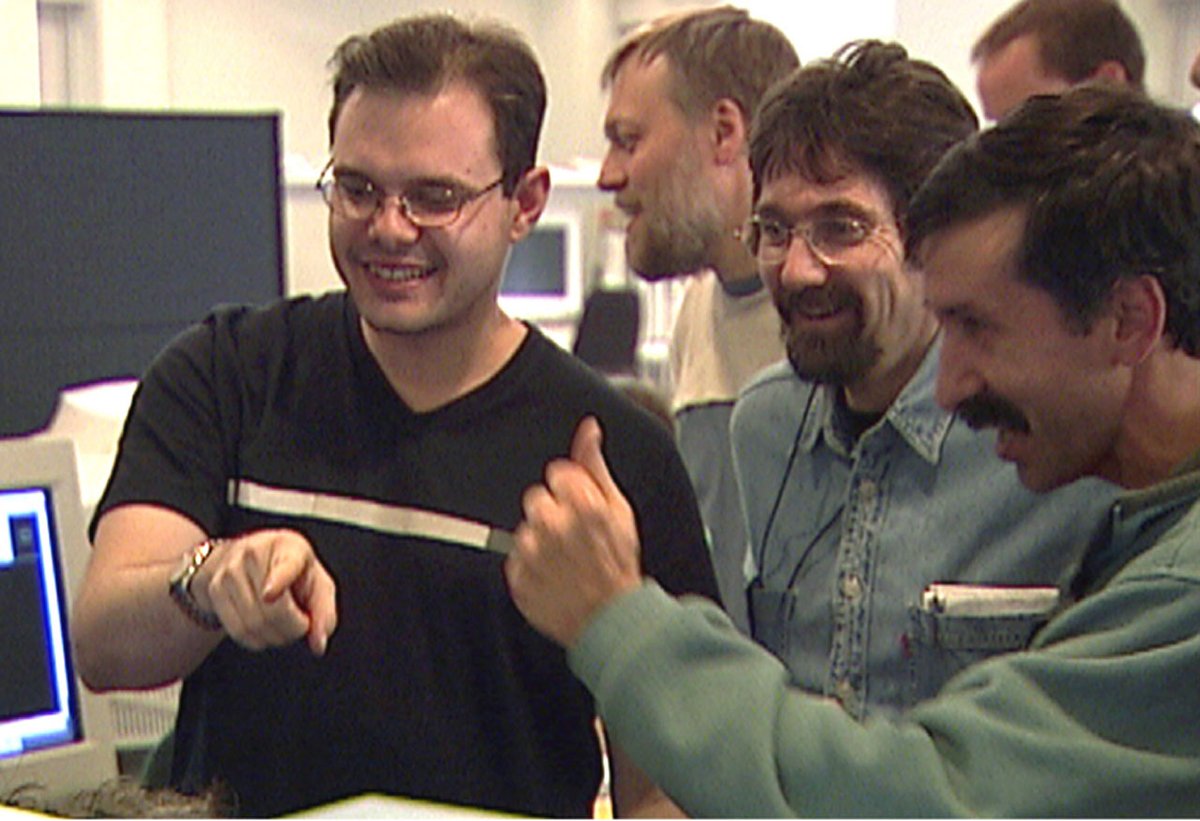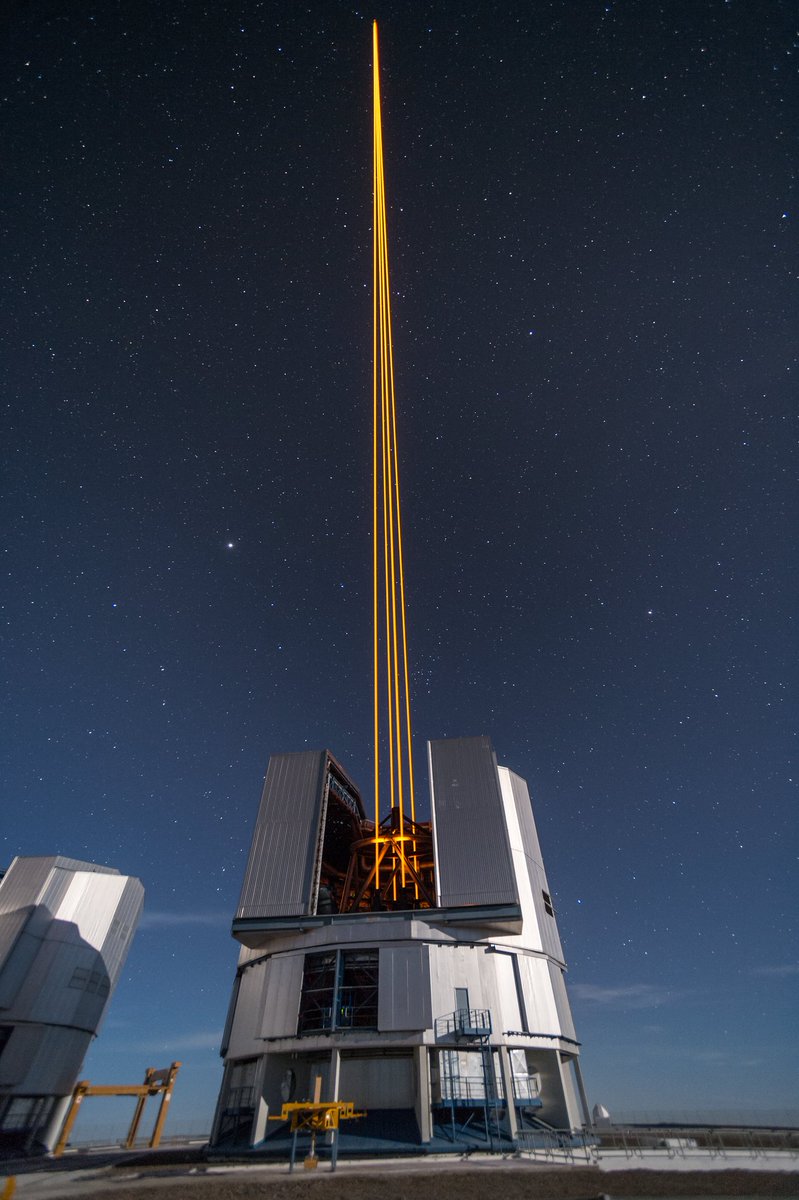1/20 Happy 20th anniversary UT4! Do you know this giant telescope, part of the Very Large Telescope (VLT) at @ESO ’s Paranal Observatory? You might recognise it from its cool lasers pointing at the sky. Does this sound like science fiction? We open this thread to tell the story.
2/20 The 4th Unit Telescope of ESO’s VLT is known as UT4 or Yepun, meaning Venus or evening star in Mapudungun, an indigenous language of Chile. It has a main mirror 8.2 metres in diameter and weighs around 430 tonnes.
3/20 It was given its name by Jorssy Albánez following a contest in 1999. Jorssy was a 17-years-old student from northern Chile at the time.
4/20 On 3 September 2000, exactly at 21:39 in Chile, Yepun started to observe the sky for the first time, but the setting was not perfect.
5/20 There was wind and the weather conditions were not good. The Paranal staff, watchfully waiting, moved between the observatory’s control room and the telescope.
6/20 Nervousness? Yes! That night would prove whether Yepun could work as expected. If all went well, Yepun would achieve its goal and join the other three giants, Antu (UT1), Kueyen (UT2) and Melipal (UT3).
7/20 After hundreds of hours of effort, Yepun pointed at the Milky Way, between the constellations Sagitta (the Arrow) and Aquila (the Eagle). At 21:44 , for the first time, Yepun& #39;s test camera was opened for 30 seconds. The result?
8/20 A beautiful image of the planetary nebula Hen 2-428 appeared on the astronomers& #39; screens. That first image is known as Yepun& #39;s First Light. "Not bad!" was heard at Paranal control room, after the image appeared.
9/20 A year and two months later, Yepun went through a second great challenge. On 25 November 2001, a new adaptive optics system (NAOS-CONICA) was tested, placing the telescope in space. Space? Wasn& #39;t it ground-based? Adapt... optics what?
10/20 Adaptive optics is a method to correct images that are distorted by the Earth& #39;s atmosphere. The result is images (almost) as sharp as if they were taken from space. "It is as if a giant ground-based telescope is & #39;lifted& #39; into space by a magic hand!", explained @ESO experts.
11/20 Adaptive optics can correct images before they are taken, through a flexible mirror with small pistons that compensate for the light distortion caused by the atmosphere , and all in real time! Again: "Not bad!"
12/20 Soon Yepun would face another big challenge. There is a small “but” when using adaptive optics.
13/20 To work properly, adaptive optics require a reference star in the sky to help correct images. Without a suitable reference star, the system would not work. And we don& #39;t always have one within the telescope& #39;s field of view.
14/20 Since astronomers around the world want ever sharper images, and engineers have creativity to spare, they found a solution: Creating an artificial star!
15/20 After five years of work, on 28 January 2006, at 23:07 in Chile, a laser beam was launched from Yepun, producing an artificial star over the skies of Paranal. It was the first time that an artificial star was created from the southern skies.
16/20 This is how it worked: A laser beam, 50 cm in diameter, was projected from a laboratory within Yepun. When it reached an altitude of 90 km, the laser beam excited the sodium atoms in the atmospheric layer, producing a perfect reference star.
17/20 Nowadays, Yepun doesn’t have one laser, it has five! In 2016, a new adaptive optics system was installed, the 4LGSF, with four lasers, which results in more and better corrections. That is, sharper images.
18/20 Yepun and its instruments allowed the VLT to break its proposed boundaries. For example, it helped carry out a test to prove Einstein’s general relativity theory, outside the Milky Way, and observed the first light from a source of gravitational waves.
19/20 If you would like to watch a video (in English) of the historic night between 3 and 4 September, see here: https://www.eso.org/public/videos/eso0028a/">https://www.eso.org/public/vi...

 Read on Twitter
Read on Twitter
